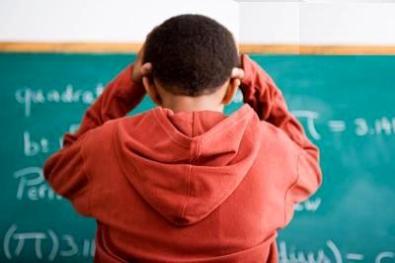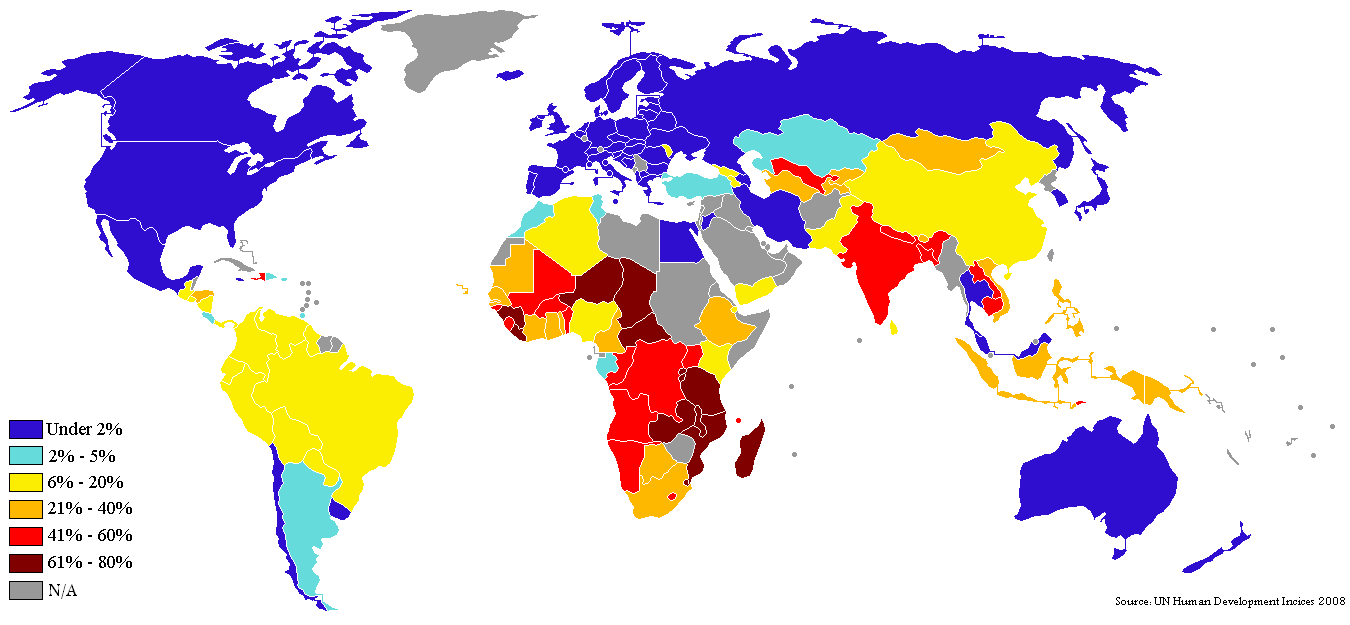When we change the mindset of thinking of cartoons, giggles and bubble baths to adventure, reunions and congress; we call ourselves transposing from 'toons' to 'teens'. We spend time with Friends rather parents, bunk classes, celebrate and socialize with peers. Garbaging the comic scripts and bringing novels of fiction, thriller and romance; recruit wood characters and whores in place of parodies and lampoons. Often scholarly people call us adolescents. But all these is just the glitter of it, coming in this category brings a wholesome of problems with it.


Blowing over the chilled highs and lows of aspects like emotions, physical scenario and social temperaments, a teen faces multifold challenges. One minute, we might feel downcast and so another second, great. with this fluctuating mental situation, we come to physical portion. We develop biologically to a reproductive age till the 3rd toon stage (13) and hence get carried by venereal activities. They usually care for there physical allurement and captivation. This sense of enticing lead them to miscreation and raise questions in their mind - Am I too skinny, Am I too fat.

Students bind themselves in relationships with the opposite sex due to sexual lust and that's often, but the problem arises in the latter part i.e. when the student tend to have unprotected venereal activities without the consent of their elderly people and at an inappropriate way and age.
Now comes when the biggest attraction becomes the biggest problem - peer pressure. Peers - the solemn mates. When we excel, its the characteristic nature that other won't like irrespective of his relation with us. This causes trolls in and out of class and hence led to social depression and trauma. To deal with the peer pressure, face them till an extend when its not fatal for you. Don't make them take U turn, you, yourself turn aback from the situation without thinking that your ego will be belittled. Do not involve third parties in it either for support or resistance.
We can back-hold from all these situations with the given steps:
Ø Prepare yourself for the scenarios that would be coming in the different maturity levels.
Ø Control the hormonal secretion with subsidiary alliances of the organs.
Ø Socialize to an extent that doesn't violates the norms and hereditary casting.
Ø Perform venereal activities at appropriate age and with protected instruments.
Ø Do not think that your elderly people are nincompoops and stay in touch with them.
Ø Become dependent and don't involve parents in everything.
BY PARTH RAGHAV
BIBLIOGRAPHY AND ACKNOWLEDGEMENTS:
en.wikipedia.org
www.pamf.org
www.google.com








,_2011_and_2012_(2)(%25).png)



.jpg)


